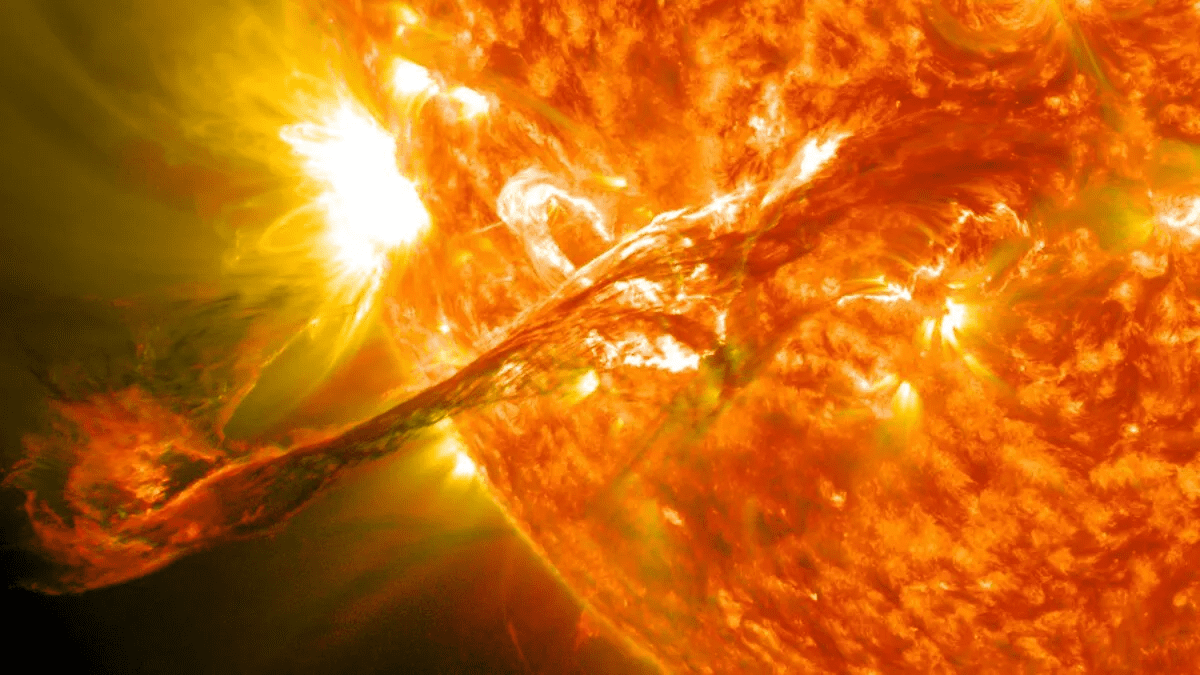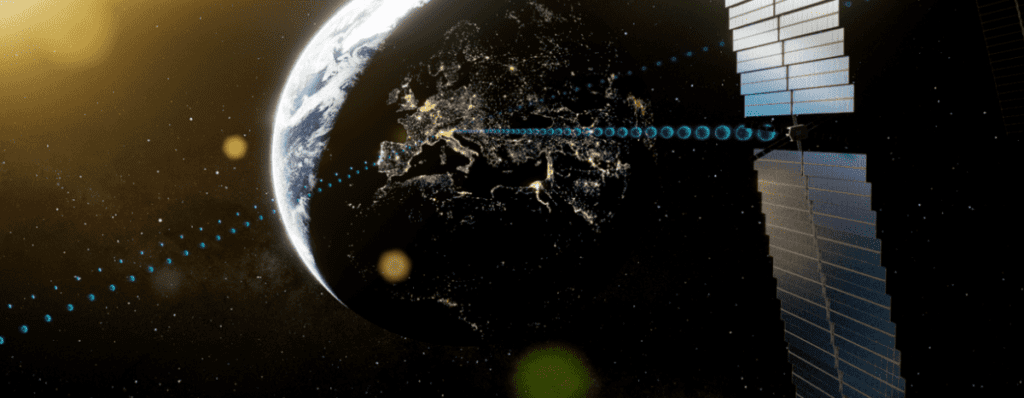The Sun’s recent erratic behavior is causing concern among scientists as it continues to send powerful solar flares towards Earth. On February 11, a major X1.1-class solar flare erupted from the Sun, originating from an area called Active Region 3217. This solar flare caused a temporary radio blackout over South America, and more flares are expected from this region as it moves across the Sun, degrading high-frequency communication.
Understanding Solar Flares
Solar flares are massive eruptions of charged particles on the Sun that come in different intensities. Smaller flares such as A-class and C-class are minor events, while M-class flares can amplify the auroras visible on Earth. X-class flares are the strongest, with the strongest X-class flare ever recorded occurring in 2003. Intense solar flares can eject large amounts of solar material in a coronal mass ejection (CME), which can fling out vast clouds of solar plasma away from the Sun at speeds of up to 1 million mph.
The Effects of Solar Flares on Earth
When aimed directly at Earth, the strongest solar flares and CMEs can interfere with communications systems, power stations, and even endanger astronauts and satellites in space. NOAA has warned of possible radio blackouts as a consequence of resultant solar storms, and temporary degraded high-frequency radio reception on the sunlit side of the Earth is possible.
The Recent Solar Flare and What to Expect
NASA’s Solar Dynamics Observatory captured stunning footage of the recent X1.1-class solar flare, and spaceweather.com has reported that there was no CME associated with the event. However, a CME spotted from a different event, an eruption of a solar filament from the Sun’s northern hemisphere, could lead to more intense auroras, with a light show expected for Valentine’s Day.
The recent unusual activity on the surface of the Sun has baffled scientists. NASA’s James Webb telescope captured a huge part of the Sun breaking off its surface, creating a tornado-like swirl around its North Pole. This incident occurred due to the violent sunspot AR3213, which exploded and caused a solar flare eruption. Sunspot AR3217 has a ‘beta-gamma-delta’ magnetic field that harbors energy for X-class solar flares, and that’s precisely what happened recently, a giant and powerful solar flare erupted from the surface of the Sun.
Conclusion
While the Sun’s behavior may be unpredictable, there is still a lot that we can learn from it. Scientists are constantly studying the Sun to gain a better understanding of how it works and how it affects our planet. While solar flares can have a range of effects on Earth, they can also create beautiful auroras visible in the night sky. Despite the potential dangers, the Sun remains a fascinating subject of study, and with modern technology, we can observe its behavior in unprecedented detail.
















![Google satellite view of 1112 Stanley road in Augusta [Google Earth]](https://www.karmactive.com/wp-content/uploads/2025/04/Augusta-National-Spent-200M-on-270-Acres-but-One-338000-Home-Still-Stands-on-Stanley-Road-720x360.png)
